We’re learning all about the weather and setting up a weather station in our yard. Here’s how to make a rain gauge for some great backyard science experiments.
How to make a rain gauge :: backyard science experiment
My daughter is interested in the weather. She’s especially curious about how the Met Office can predict what the weather will be like tomorrow, and if they always get the forecast right. So we’ve decided to set up a backyard weather station so she can learn about the weather and do her own reporting.
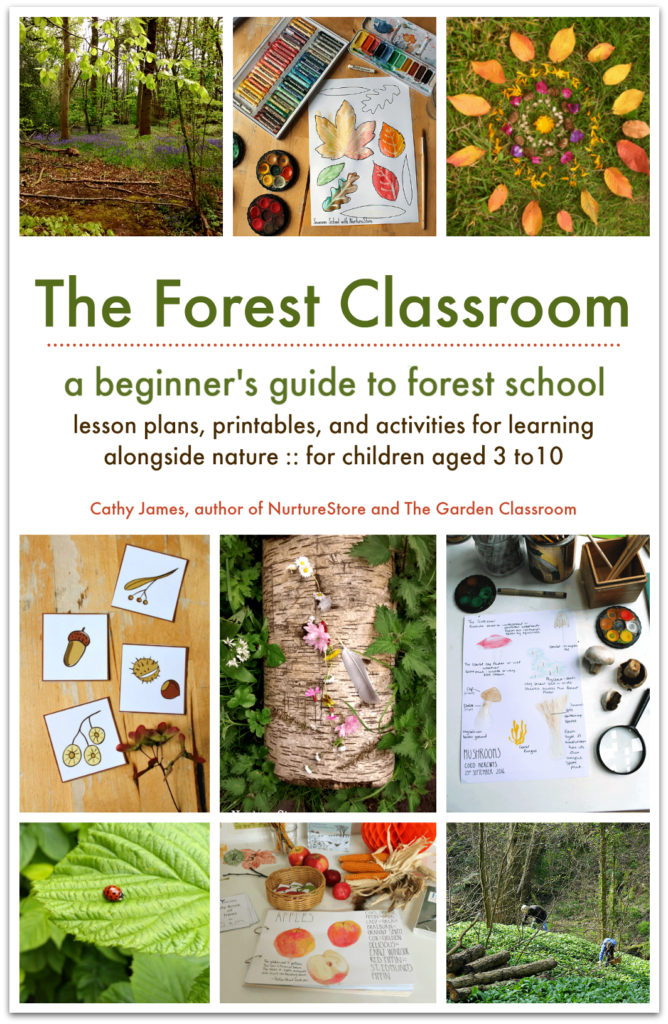
Ready-made forest school lesson plans
Have you got your copy of The Forest Classroom yet? It is the perfect beginner’s guide to running a successful forest school. Download your forest school guide here.
A forest classroom is a place of adventure, discovery, and imagination. It can also be a wonderful place to learn about math and science, explore art and crafts, and develop language and social skills.
The Forest Classroom is a practical guide which will show you how to engage your children in fun and educational forest-school activities.
These ready-made forest school lesson plans are suitable for forest school leaders, teachers, childcarers and parents with children aged 4 to 10, to learn in a forest, school nature area, local park or your own backyard.
Get your copy of The Forest Classroom here and you’ll be ready to head straight outdoors and enjoy teaching, using our ready-made lesson plans.
We started our project by chatting about the different kinds of weather we might expect in our part of the world, and then we talked about how she could observe them. She had lots of good ideas:
:: we can watch the weather forecast each night and then use our equipment to see if the weather people get it right
:: to check the wind we can set up a flag and see if it moves, and make our own weather vane to see which direction it’s coming from
:: we can use a thermometer to measure the temperature
:: we can look up at the sky and draw what the clouds look like
:: we can put a jewel in the garden and see if it sparkles to know if it is a sunny day
:: we can make a rain gauge from a plastic bottle to see how much rain we get
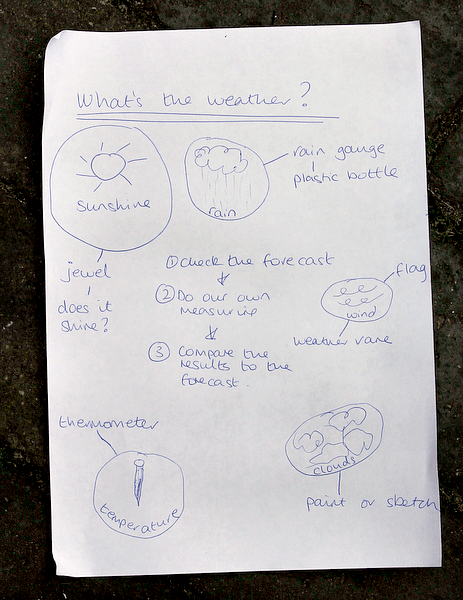
How The Weather Works by Christiane Dorian is a super resource for children learning about the weather. It’s packed full of great illustrations, with lots of flaps, pop-ups and things to open, turn and move. It has lots of detailed information on how the weather works, in language that’s easy for children to understand. We love that is so visual, making it a fun read, and that it also contains much information that you might have expected from a pop-up book, making it a very useful study guide for older children too. You can get it from Amazon.
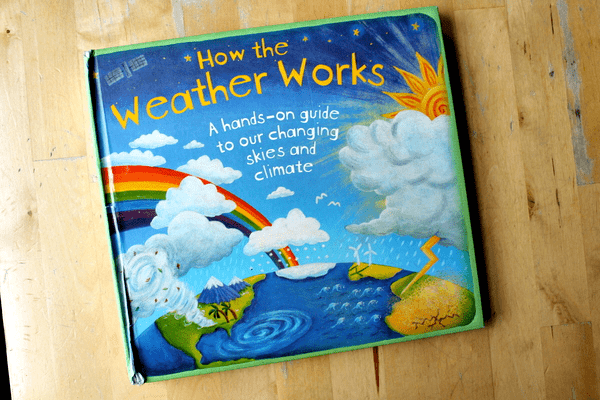
How to make a rain gauge from a plastic bottle
Our first project is to make a rain gauge. For this you will need a small plastic bottle, a ruler, a permanent marker pen and a craft knife or scissors.

Start by marking out a scale on your plastic bottle, using a ruler and permanent marker. We’re measuring ours in centimetres, but any evenly spaced lines will let you compare one day to another.
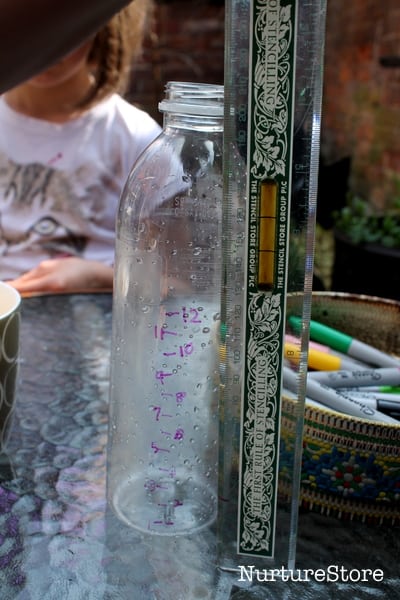
Then carefully cut off the top of your plastic bottle using a craft knife. I’m a great believer in showing children how to use real tools safely and letting them have a go but you know your own child best, so decide if they will join in with this bit or whether you will do it yourself.
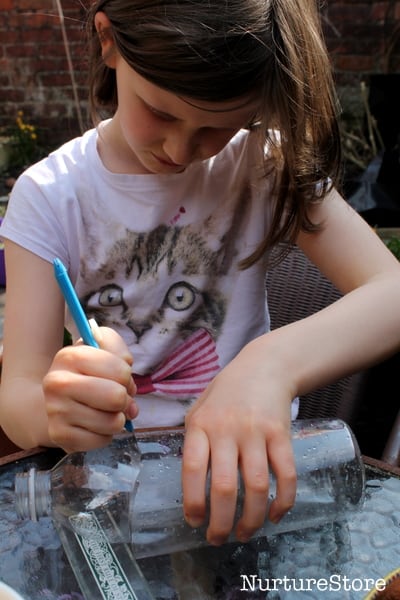
Then turn over the top section of your plastic bottle and fit it into the base to make a funnel that will direct the rain down into your rain gauge and stop leaves falling in.

Then you need to select a good location for your rain gauge. We talked about
:: putting it in the open, not under cover, so it would be able to catch the rain
:: making sure it wouldn’t blow away or topple over
:: but being able to empty out the water each day, so you can measure the new rainfall the next day
My daughter’s problem-solving solution was to sit the bottle on a plant pot, and tie it to a post with a ribbon – easy to untie when we want to empty out the rain water.
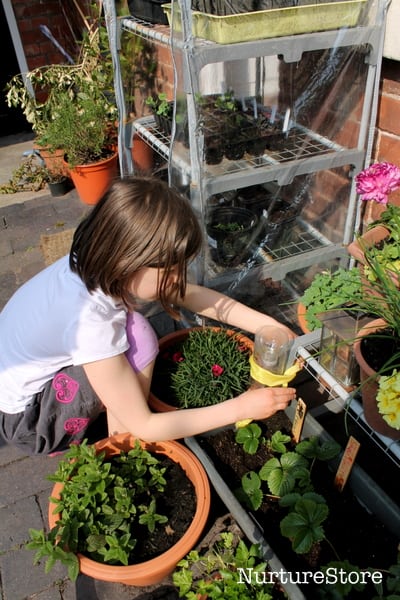
Then wait and watch. You could check the rain daily for a week or a month, and plot your results on a chart or graph. Check your local weather forecast and see how their prediction compares with the amount of rain you get in your backyard.
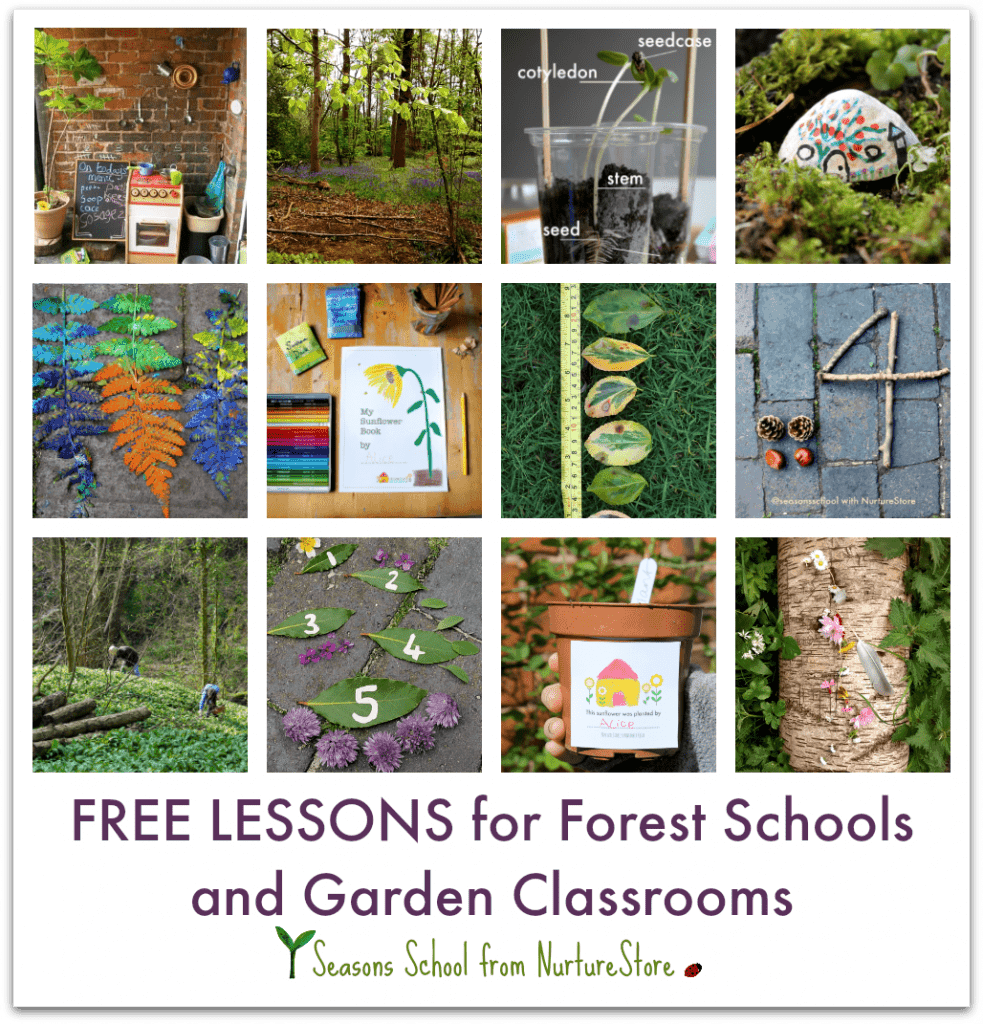
Free Forest School and Garden Classroom resources!
Join my weekly email service and I'll send you FREE printables, lesson plans, and activity ideas that you can use with your children in your forest school and garden classroom.
Seasons School is NurtureStore's year-round program of living and learning with nature. Our activities and resources focus on hands-on, nature-based learning that connects children with the natural environment.
If you're looking for nature study lessons, arts and craft projects, campfire recipes, foraging ideas, outdoor math and literacy activities, outdoor games, and ways to explore forests, gardens, and outdoor spaces - think of NurtureStore as your forest fairy godmother!
Whether you're in a forest school or outdoor classroom, running a school gardening club, bringing nature lessons into your class, home educating with nature, or wanting to connect with the great outdoors at the weekend, you will love the Seasons School ideas.
Pop your email address into the box below and I'll send you your free resources.
By subscribing, you consent to our use of your personal data as per our Privacy Policy, which includes agreeing to receiving interest-based email from us.



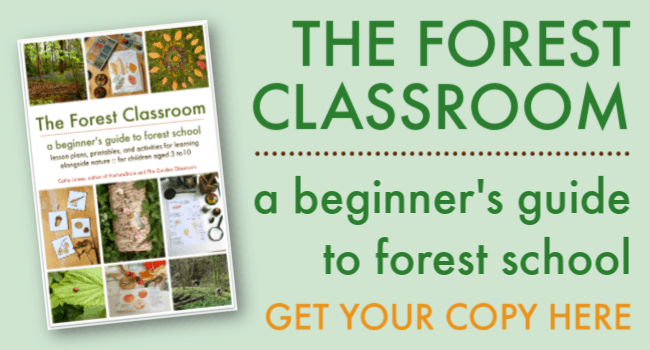
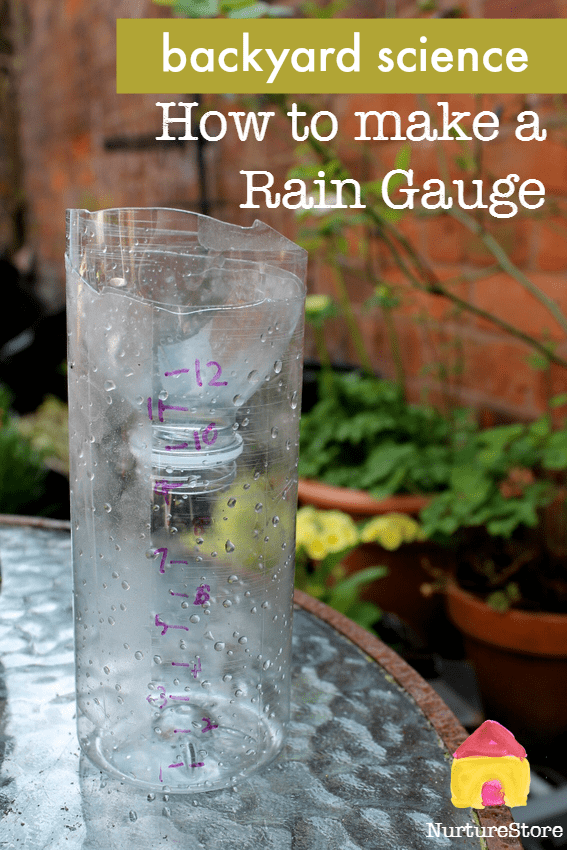
Very nice. It’s easy and very simple…Wonderful idea for science project.. Will recommend this easy rain gauge idea to my niece. I am pretty sure she’ll love making it.
Hi there,
I hope you can help me. I’m a freelance journalist writing a piece on craft activities for kids for MailOnline and was hoping to include your rain gauge suggestion and a pic.
Please let me know if you would kindly give permission and how we should credit it.
Thank you
Thanks for your enquiry Joanne but I don’t wish to featured in MailOnline.